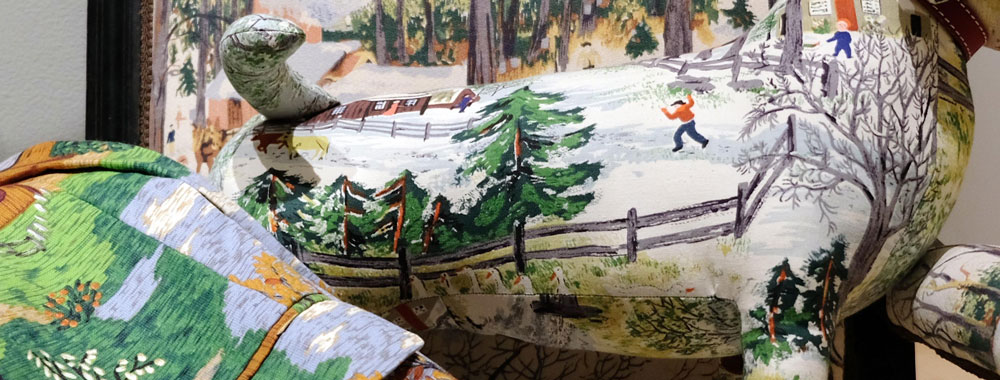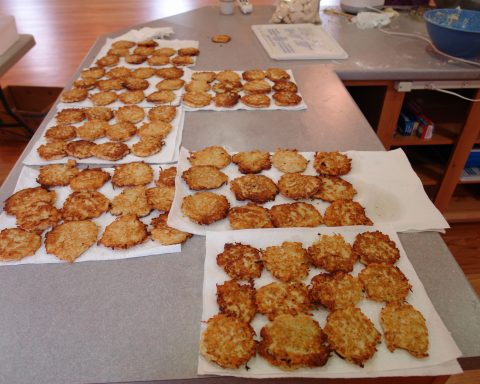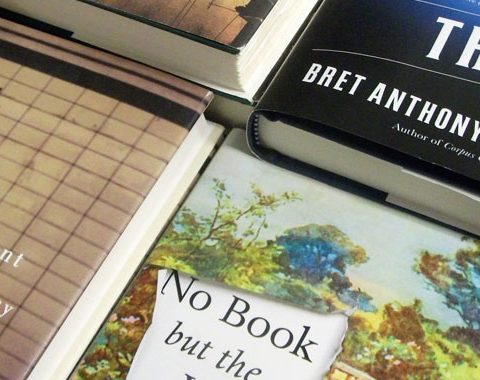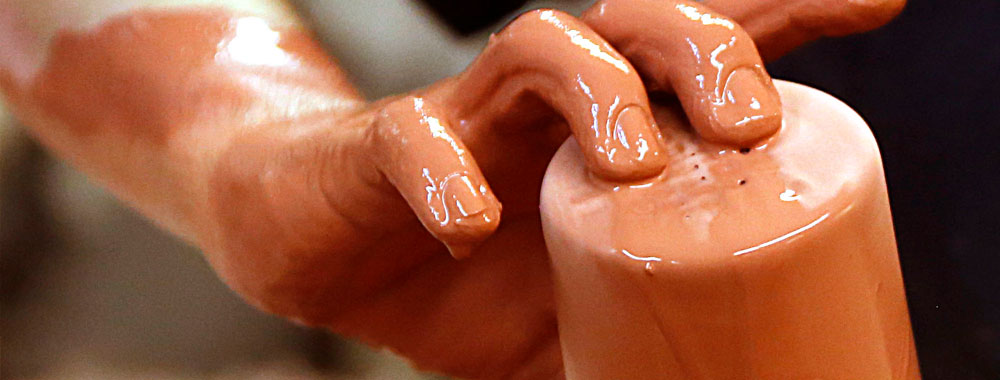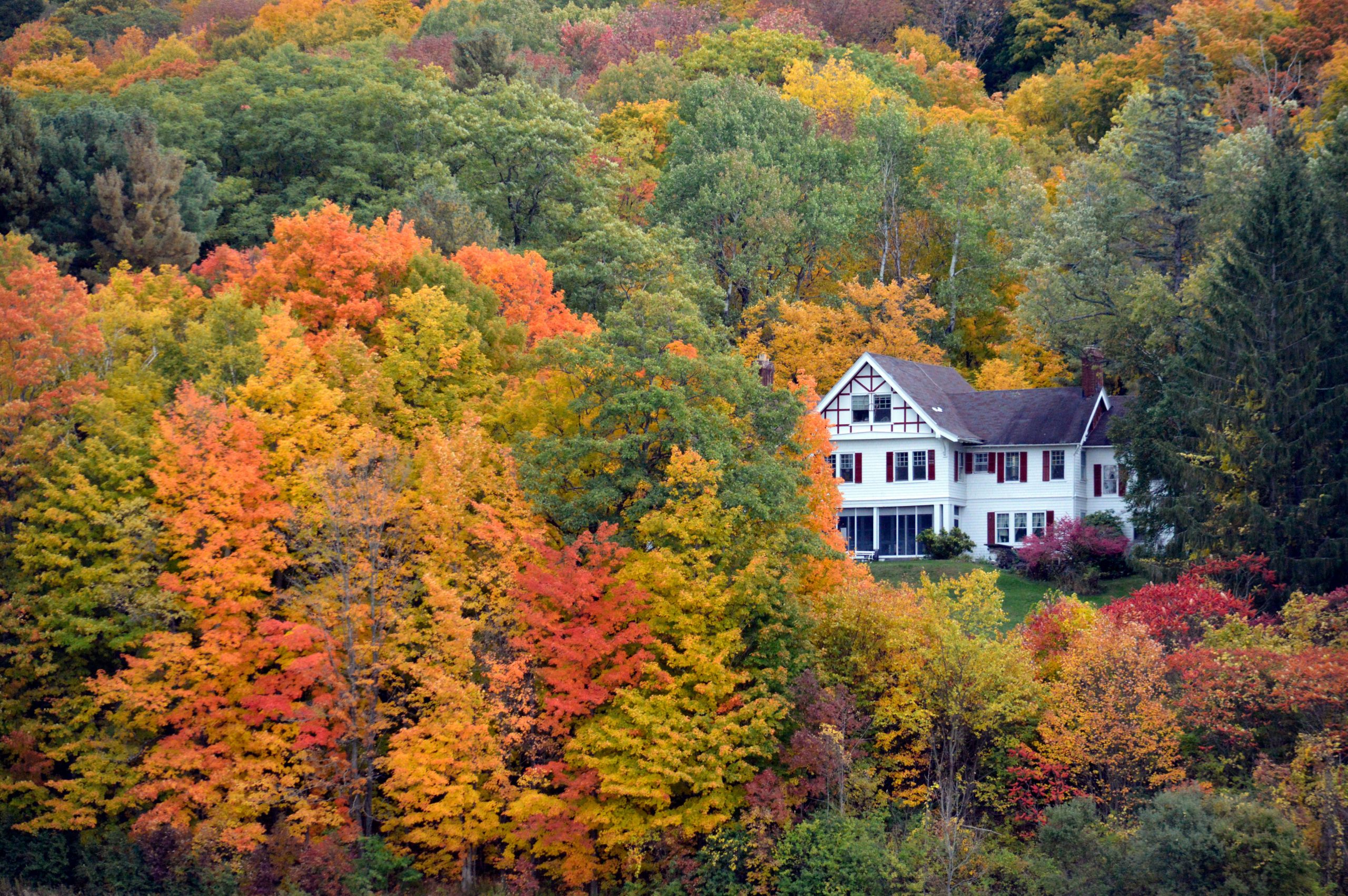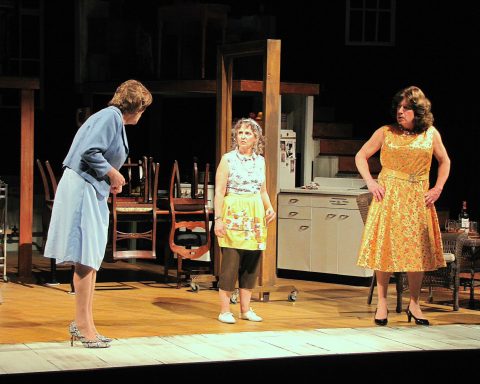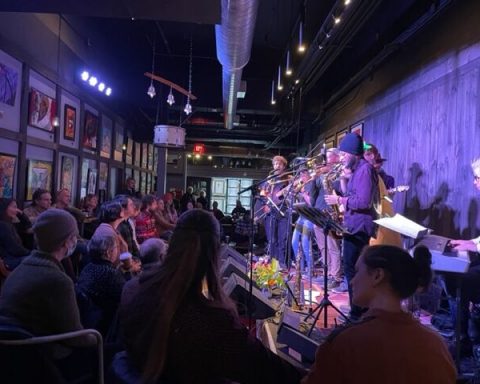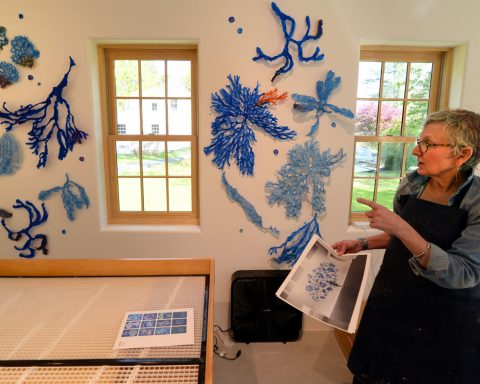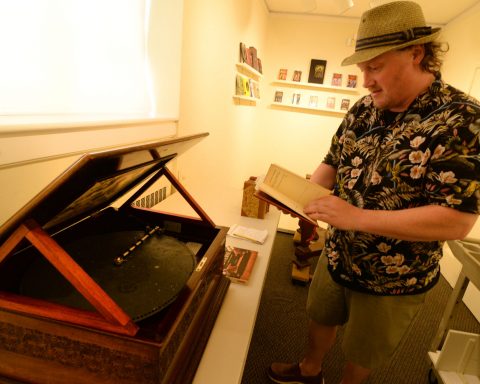By Eric Hirsch
At the Bennington Museum, Andy Warhol’s famous Campbell’s Soup Cans hang side by side with Grandma Moses’ renowned American landscapes.
The juxtaposition may not immediately make sense, but that’s partially the point. Perhaps Grandma Moses wasn’t exactly who everyone thought she was.
At least that’s what Jamie Franklin, curator of the museum’s current exhibition, Grandma Moses: American Modern, wants us to believe.
“The goal of the exhibit was to subvert any previously held presuppositions about Grandma Moses. By pairing her work with other artists not usually associated with her, maybe we can get people to think about Grandma Moses in a larger context,” said Franklin.

Grandma Moses went undiscovered until 1938, when she was 78 years old. Following the inclusion of three of her paintings in a 1939 exhibition at the Museum of Modern Art, Grandma Moses became revered for capturing nostalgia for a golden age in her works depicting American landscapes and scenes from everyday life.
Considered a folk artist due to her lack of training and tendency to paint from memory, Moses painted approximately 1,600 paintings over the course of roughly 20 years. Her work gained a foothold in the art world and by the 1940’s, Moses and Jackson Pollock were the two most famous artists in the country. Her designs began appearing on fabrics, curtains, lamp shades, wallpaper, coffee mugs, and most famously Hallmark Christmas cards.
“During World War II and the early Cold War, people were searching for a bucolic ideal of America. She struck that chord and painted a picture of 19th century America, a past just beyond personal experience,” said museum Executive Director Robert Wolterstorff. And while Moses gave people that bucolic ideal, her approach shared many similarities with that of Modernist artists such as Helen Frankenthaler, Joseph Cornell and Fernand Leger, as well as the pop art of Warhol. Many point to the widely held belief that Moses painted from memory as a stark contrast from modernist artists. For instance, Moses twice painted Bennington, in 1945 and 1953, well after she had moved away from the small New England town. Although she spent most of her life in Greenwich, New York, Moses lived in Bennington from 1932-1935 helping to care for two granddaughters.
A closer look at the two paintings of Bennington, both among the 46 of her works in the exhibit, can help demonstrate unexpected similarities between Moses and other modernists.
On the surface, both works are paragons of the traditional interpretation of a Moses work: colorful, small town landscape that captures nostalgia for a prettier, simpler way of life. The 1945 painting contains buildings clearly based on a postcard, which can be found in a case just a few feet away. It turns out that by no means was Moses strictly a memory painter. Rather her creative process consisted of collaging (and frequently recycling) preexisting images, often from popular culture and magazine clippings, to create her own imagined world rather than a past one. Her somewhat modernist creative process is further reaffirmed by a glaring anachronism in the other painting of Bennington, from 1953.
“The 1953 painting features the Bennington Museum as it looked no earlier than 1937. It also features horse-drawn carriages which would have been long out of use by that time, when automobiles were pretty ubiquitous. The point, which applies to Moses’ work in general and is a result of her collage-like creative process, is that getting chronology or facts right wasn’t important to Moses,” said Franklin.
Moses’ supposedly nostalgic works had incredible commercial appeal in mid-20th century America and still do to this day. Her reliance on images and figures from popular culture might provide a compelling explanation. But other artistic features in her work cannot be ignored. Notable in her work is an impressive use of vibrant and often starkly contrasting colors. Additionally, Moses conjoined disparate images with remarkable skill and precision to create congruous scenes which generally evoke feelings of happiness.
“Different parts jostle in her paintings given the collaging. But when you first approach her work, they cohere remarkably well,” said Wolterstorff.
Quite simply, Grandma Moses’ paintings are enjoyable to look at.
So there you have it. A folksy memory painter can also possess artistic precision and commercial appeal. Franklin does not mean to claim that Moses should be considered a modernist. But her work clearly does exhibit some modernist qualities. In many ways, Moses broke down boundaries in the art world. Enthusiastically adopted by the commercial world and possessing a habit for appropriating and collaging, Moses certainly seems to fit the modernist bill. But one cannot deny the anything-but-modernist atmosphere present in many of her works.
“She pulled together images, ideas, and memories culled from the entirety of her experience into paintings that convey the atmosphere/spirit of a place and her impression of it, rather than depicting it literally/photographically,” said Franklin.
This is one of the main underlying points that connects her work to the works of other modernists whose artistic approaches were very similar.”
Although modernists had similar artistic approaches to Moses, placing both styles of paintings alongside each other only accentuates the differences of the final products. Even though it conflicts with the basic idea of the exhibit, Grandma Moses belongs in a world of her own.
IF YOU GO
“Grandma Moses: American Modern”
Bennington Museum, 75 Main St., Bennington, Vt.
Open now until Nov. 5, 10 a.m. – 5 p.m. daily.
$10 adults, $9 seniors, kids 17 and under free.
Info: benningtonmuseum.org or 802-447-1571
